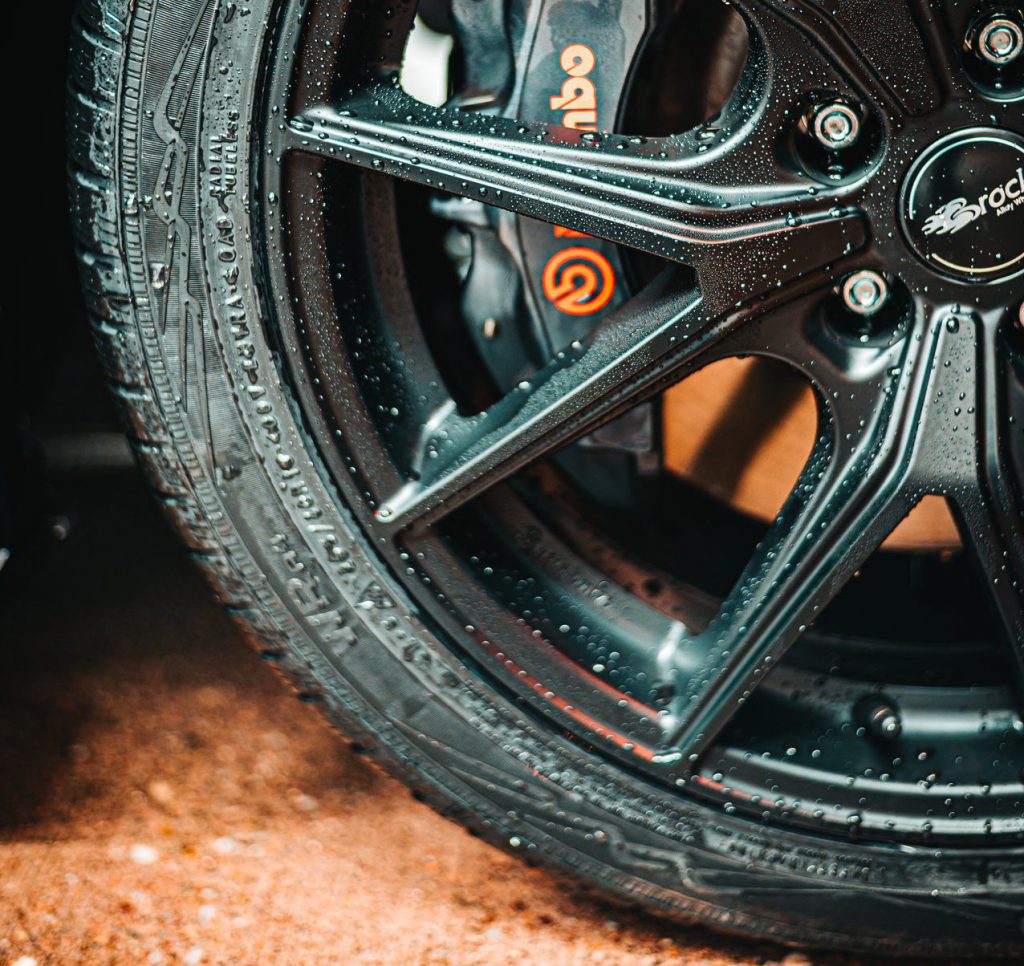From the early age of the motoring and automotive industry, it is impossible to expect any car components like most of us know today. To be more specific, three pedals, gear shifter controls, or even the steering wheel, do not appear in the automobiles as the standardized. So it is understandable that there are some definitions that drivers cannot acknowledge. And today’s mystery is the one pedal driving. In order to answer the question of what is one pedal driving and understand the working function, continue reading!
Contents
The Definition of One- Pedal Driving
One-pedal driving is the feature that allows driver to stop the driving car fully without using the brake pedal. In most of the models, there is an on-off button that engages this feature.
One pedal driving technique is the bonus offer in many EVs (also known as electric vehicles) and PHEVs (plug-in hybrid electric vehicles). This technique helps drivers to stop and go just by using the accelerator pedal, which is a great benefit.

The benefit of using the one – pedal driving makes this functionality available on many electrified automobiles through the regenerative braking systems.
How Does One-Pedal Driving Work?
In order to use one pedal driving, the regenerative braking systems in electrified vehicles is the main factor. When car owners of Electric vehicles or plug-in hybrid electric cars brakes, the generator will convert kinetic energy into electricity. To be more specific, the electric motor will response for the changing the kinetic energy from the forward motion of the car into electricity.
The purpose of this converting is to recharge the battery while braking.
The resistance of the electric motor raises and creates a braking force during the regenerative phrase. And thanks for that, the system will add friction in the drivetrain with the purpose of slowing the car down.
To make it simple, when drivers about to stop the car due to a stop sign or a traffic light, they can let the foot off the accelerator pedal. 2g is the right force when the car begins to decelerate. And this force plays an crucial role. It is equivalent to around 20% of full braking force, which slowing down the automobiles compared to the application of the hydraulic brakes. And when the car manages to stop at full, the hydraulic brakes engages in keeping the car at its stopping position. The braking will stop until the car owner presses the accelerator pedal to move forward.
The Requirement of Using One-Pedal Driving
As convenience as it sounds like, the one pedal driving needs many finesse as well as practice. You must release the gas pedal gently in order to stop in a progressive and smooth way. The car must also judge and calculate the right distances of stopping and timing the release of the pedal. We want to keep the car in the safe distance. Not to mention, the brake lights will function just like when the drivers are using the traditional brakes. This is a great help for drivers behind the automobile to know that it is slowing down due to the illumination from brake lights.
On the other hand, there is one crucial thing to remember when having this amazing feature. Do not use one-pedal driving foremergency stopping. The reason for this is also the standard hydraulic brake. If car owner need to stop the car immediately during one-pedal driving, this is the brake they must use. In fact, drivers can always apply the standard brake pedal when they need to stop the vehicle. This applies for every single situation, from a vehicle, pedestrian, as well as other obstructions and dangers on the road.
In fact, one-pedal driving is a convenience feature that the driver can use anywhere anytime. And here is why:
Benefits of One-Pedal Driving
Extend Brake Life
The one-pedal driving provides many benefits, and one of them is extending the car’s brake life. When having the one pedal driving feature, drivers do not have to use the standard hydraulic brakes as often as they used to. The results for this is that there is less wear and tear for the brake. The braking system system service will need to wait for a lit longer. Another advantage of reducing use of standard brakes is that there will be less brake dust in the air. This provides an environmental benefits.

The Convenient
The convenient is also one of the benefit of this braking features. Imagine that you can move your foot between two pedals instead of just keeping it in one place. There is significantly less work than normal. Once you’re comfortable with one-pedal driving technique, traveling and driving become so much more easy.
Extend the Driving Range
Another huge benefit, by far the most obvious one, is extending an EV’s maximum driving range. This can save the driving rage by several miles when used consistently.
The Smoother Stopping Phrase
Last but certainly not least, the stopping phase when having one-pedal driving features becomes much better. In fact, it generally feels smoother than using hydraulic brakes. This is thanks for the computer. As opposed to a human being, computer can perform the work with the purpose of slowing the vehicle down. Stops are most likely to exhibit a jarring feel.
In Conclusion
Even though one-pedal driving technique may not be everyone’s cup of tea, it provides many advantages. It is the great help for many drivers. To be more precise, this braking feature opens the option to experience the joys of all-electric motoring in a new way. Its not only simpler the work but also benefits in the most comfortable way. As cherry on top, it helps make the idea of driving an EV or plug-in hybrid even more attractive.



